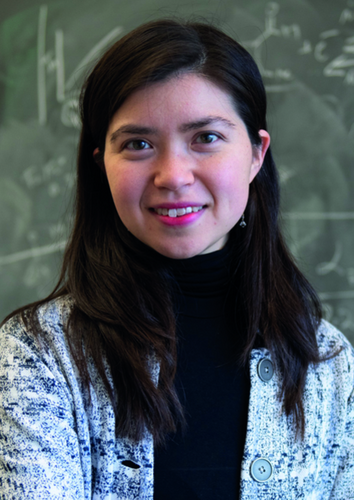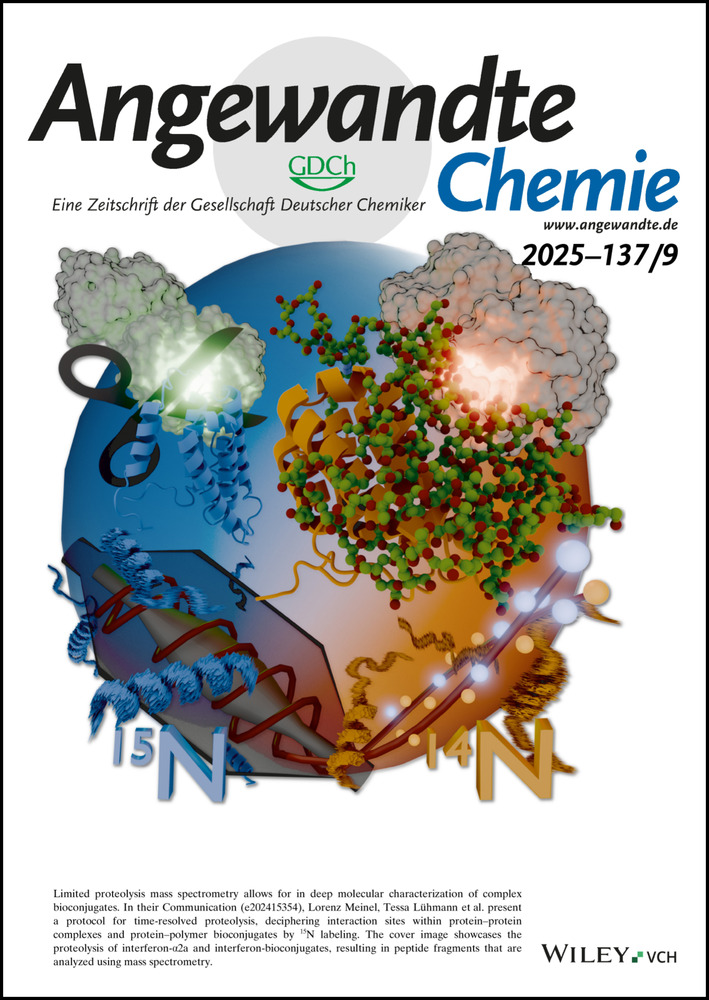Anna Wuttig
Graphical Abstract
“I am most proud of my group when we follow the molecules, wherever they may take us, and, at the same time, maximize the impact of our findings… My favorite job in the lab is when seemingly disparate sets of data start to make sense in light of new thinking…” Find out more about Anna Wuttig in her Introducing… Profile.
Anna Wuttig
The author presented on this page has published her first article as a submitting corresponding author in Angewandte Chemie:
“Unlocking Mesoscopic Disorder in Graphitic Carbon with Spectroelectrochemistry”: R. Papadopoulos, B. Masters, A. Kundu, N. Maldonado, A. S. Filatov, Y. Liu, T. Kim, G. Galli, A. Wuttig, Angew. Chem. Int. Ed. 2024, 63, e202420680.
-
Position, Location:
-
Assistant Professor, University of Chicago (USA)
-
Homepage:
-
-
ORCID:
-
-
Education:
-
2013, Undergraduate degree, Princeton University (USA)
2018, PhD supervised by Prof. Yogesh Surendranath, Massachusetts Institute of Technology (USA)
2021, Postdoctoral position with Prof. F. Dean Toste, University of California, Berkeley (USA)
-
Research:
-
Electrochemistry, catalysis, inorganic chemistry, renewable energy, synthetic methodology
-
Hobbies:
-
Music (classic and jazz)
My favorite example of chemistry/science in everyday life is the structural properties of water.
Modern science needs to focus on identifying and questioning assumptions.
My favorite job in the lab is when seemingly disparate sets of data start to make sense in light of new thinking.
The most rewarding aspect of refereeing is reading about brand-new science that the world has not seen yet.
My favorite thing about my lab group is our energy.
I advise my students to develop trust in themselves.
The most important quality of a role model is just that — to lead by example.
I am most proud of my group when we follow the molecules, wherever they may take us, and, at the same time, maximize the impact of our findings.
I can never resist a great cup of coffee.
I recharge my batteries by talking to my amazing students and colleagues.
If I were not a scientist, I would be a musician, more specifically, a violinist.
My motto is: “Reach for the moon.”
My favorite time of day is my morning commute, which is a nice 20-minute walk to the university. A great time to think and reflect.
My favorite composer is Ludwig van Beethoven.
My favorite quote is: “Nothing in life is to be feared, it is only to be understood.” – Marie Curie.
Behind the Science
Heterogeneous electrocatalysts are inherently disordered materials with non-uniform active sites. In my group's research, we aim to embrace this disorder, developing concepts to understand and manipulate it for selective electricity-driven synthesis. Through a series of control experiments, we observed that the carbon material itself exhibited potential-dependent infrared spectroscopic features. Inspired by foundational studies on the spectroscopic characteristics of graphite, we began to wonder how disorder might alter these features. This curiosity led to a collaboration with the Galli group, enabling us to demonstrate that mesoscopic disorder produces distinct electric-field IR responses—a result that aligned with our experimental observations!





